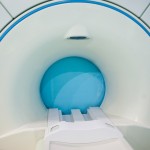
After recent posts delving off into dark woodlands of some methodologically challenging brain imaging studies, we are coming back to a more simple idea: repeatedly scanning the same people from before they develop a disorder through to receiving a diagnosis. What is different about this study is that it was done with infants aged 6-36 [read the full story…]












